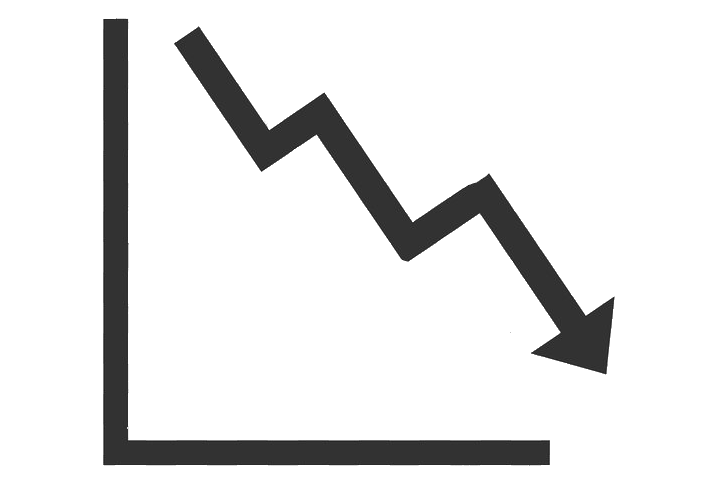
Get weekly
HubSpot updates
Don’t worry, I’m not about to say that isn’t true anymore and render your library of wonderful content useless (because my words have that power), but I do want to make the point that not all of the content you promote has to be unique.
Content curation is a useful tool in your digital marketing arsenal, and is ideal for smaller marketing teams who may not be able to produce such a high volume of content.
So, what exactly is content curation?
Simply put, content curation is the discovery, organisation and sharing of high quality content that is relevant to your target market.For example, a fishing supplies website might share a guide to identifying the best bait that has been created by a fishing magazine.
Ideally, content curation should be discerning, discriminative and selective, while adding value in the form of perspective, insight and guidance. You shouldn’t simply regurgitate any piece of content that you think is relevant to your niche, but instead share the very best content and, where possible, provide your own perspective.
First, research your competitors
Before you start curating content, first see what your competitors are doing in this regard. Can you do a better job than them, or can you provide a better perspective or opposing point of view?After all, if you’re sharing the same content but not offering any additional value, you’re not going to stand out from the crowd.
Why curate content?
We’ve already mentioned that curation is ideal if you have a smaller marketing team that isn’t able to produce large amounts of unique content. However, that isn’t the only benefit of content curation, and even if you do have the capacity to create large volumes of content it is still something worth looking at.Your instinct might be that putting content in front of your target market you didn’t create yourself is counterproductive, and that the only value for your business comes from views and shares of your stuff.
Although engagement with your own content is great, it’s wrong to think that curated content doesn’t offer you any value. If people are enjoying and engaging with content that you’re sharing — regardless of who’s created it — that’s a good thing.
Whether you publish a link to it from your blog with commentary, or share content on your social channels, as long as it is of a high enough standard it’ll help you to be viewed as a thought-leader within your niche.
Everyone’s doing it
According to research conducted by Curata, only 5% of marketers are not sharing content from other organisations, either on their blogs or via social media. What’s more, 32% are curating content on a daily basis.Establish yourselves as thought leaders
By curating content you can set your website and social media presence up as a hub for excellent content within your industry. It’s also a great way to build relationships with key influencers, as well as fellow companies, within your niche.Potential SEO benefit
There are, of course, no guarantees with SEO, but by sharing quality content that your target market will engage with, the more likely you are to gain links.Metrics such as page views, session duration and bounce rate are also thought to be ranking signals, so the more users engage with the content you publish, the higher your content might rank.
How much should you curate?
As you might be able to tell, we think that curating content is an important element in your inbound marketing mix, but that doesn’t mean it should be all you do, or even be a majority of it.We’d recommend that your strategy includes roughly 20% curated content and 80% created content.
Just getting started with creating content?
If you’re only just starting to create content for your organisation’s blog then download our free eBook, The Beginner’s Guide to Blogging for Business by clicking the link below.

